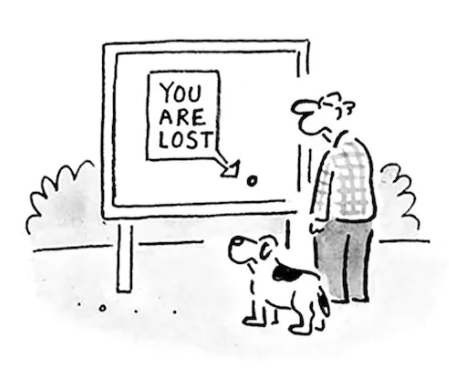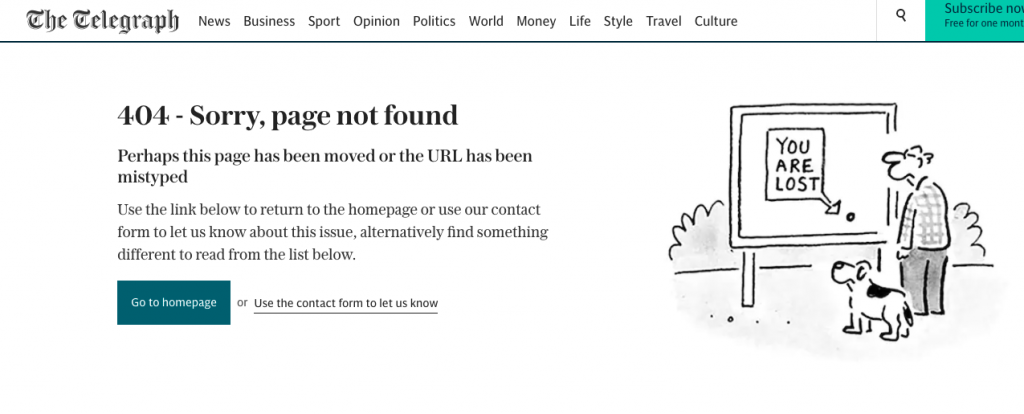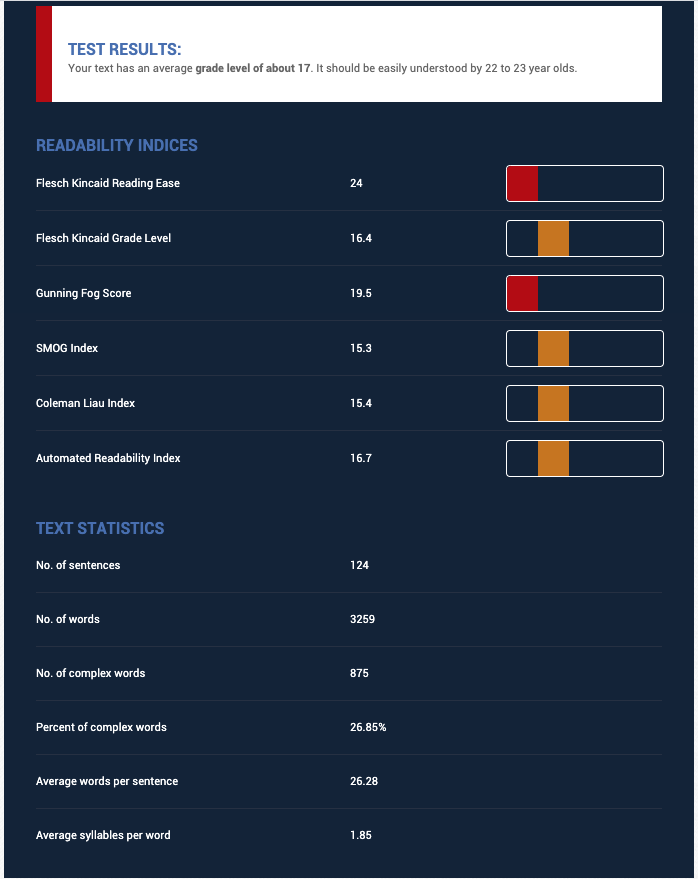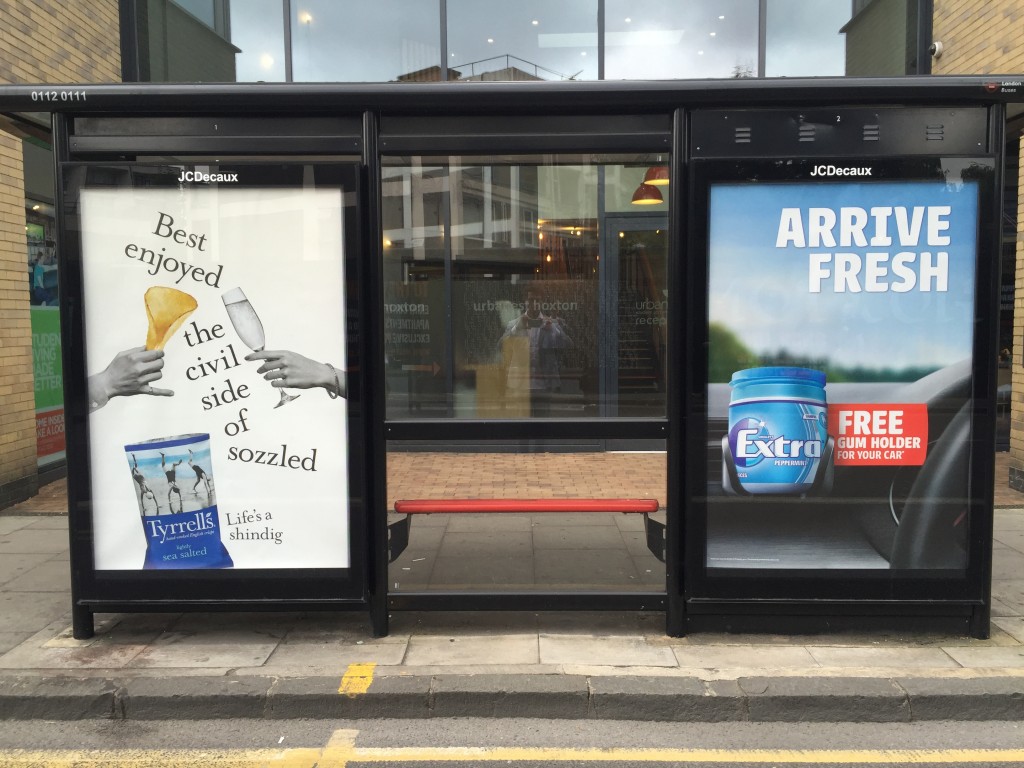Daisy Goodwin: how my breasts made headlines this year
The writer and TV producer has no regrets about naming the man she accuses of sexually assaulting her in Downing Street. It sparked a debate about women and power in politics — and forced her to think again about her own body

It is the perfect dress, black, belted, pocketed and with a square neckline reminiscent of a Renoir barmaid. It fits perfectly and I couldn’t be happier, except for one or rather two problems. That exquisite square neckline is cut to reveal a great deal of what my father calls embonpoint. It is a dress that demands a heavily engineered bra and a Marilyn smile. In short, it is a dress designed to show off what used to be called “my assets”. And therein lies the rub. I love the dress, but there is something about the decolletage that makes me feel uncomfortable. I feel as if I am indulging in a kind of performative femininity: Elizabeth Taylor in her pomp, any Jane Austen adaptation or even RuPaul’s Drag Race. Can I, as a woman in my seventh decade, expose my chest with a straight face? And then, of course, there is another issue…
Six months ago my bosom became briefly famous as the object of the unwanted touch of a man who was running to be the Conservative candidate for London mayor. We had met at Downing Street to talk about reality TV in 2013, but our conversation had ended not in a handshake but a grope. It was an encounter that I laughed off at the time, thinking that this man, although he was more than ten years younger than me, was very much on the wrong side of history.
But in the wake of the #MeToo movement I realised that I had done my daughters’ generation a disservice by not speaking out, and in 2017 I wrote about the encounter in Radio Times without naming the man in question. I woke up the next morning to find that most of the newspapers running the story had found pictures of me that emphasised my “assets” to put on their front page. While nobody would be foolish enough to say it in print, the picture editors had found a way of suggesting that I might be asking for it.
• Daisy Goodwin: Why I’m naming the man who groped me at No 10
• Whitehall won’t investigate Daniel Korski groping claim
Perhaps I am being unduly sensitive, but when I decided to name Daniel Korski as the man who had groped me in No 10, I made sure that the newspaper carrying the story used a picture of me that did
not involve my breasts. And to be fair most of the media outlets that reported the story subsequently made the effort to find pictures that made no implicit comment. I think one of the many reasons that so few women speak out about sexual harassment and assault is because they don’t want their breasts, buttocks or thighs to become public property in that sense. In many ways, it feels like a second assault.
All these thoughts go through my mind as I try on the dress for this photoshoot. As I angle my body towards the camera according to the photographer’s instructions, I wonder why I don’t mind posing in this way and yet feel uncomfortable when a similar picture is used to accompany the story of the special adviser who groped me. The answer, I think, is context. A picture of me that is used to accompany something that I have written has a very different meaning from that same picture when it is used to illustrate a story about me. The picture that accompanies this story is published with my consent because it is germane to the story — use this same picture to accompany an article about women who have made accusations of sexual harassment and it is taken out of context. Just as an intimate selfie sent to a lover is a token of affection, but when published online it becomes an assault.

But I admit it is a tricky line to hold. When I look at the Insta accounts of my daughter and her friends, which are full of bikini selfies, I wonder how these pictures will look to future employers or in-laws. On the other hand, what is wrong with young women celebrating their perfect bodies? I may have qualms about who is looking at the picture of my daughter and why, but that shouldn’t stop her doing it if that is what she wants to do. I don’t want women to feel the need to self-censor images of themselves because there might be people out there who construe these pictures as a come-on.
Young women are quick to call out any comments on their clothes by an older generation as slut-shaming — and they are right to do so. We are, I hope, beyond the times when women were banned from Royal Ascot or refused a table at El Vino for wearing trousers. It’s interesting that today, when dress becomes an issue in the corporate sphere, it is invariably because women don’t want to wear the traditional feminine trappings of high heels, skirts or make-up.
I grew up in the Seventies at a time when androgyny of the Diane Keaton in Annie Hall variety, all waistcoats and wide-leg trousers, was in vogue. For someone with curves this was not an achievable look. It was the advent of Madonna that made a more feminine silhouette fashionable. I spent most of my youth happily wearing short skirts and baggy jumpers, but I would have felt horribly exposed wearing a low-cut top, even if my skirt was practically a belt.
The difference between my teenage underwear drawer and that of my younger daughter is telling — I only had two bras, both of them rather serviceable, while my daughter has about 20 of what can only be called “confections”. When she goes out, her “assets” are clearly displayed and she looks great. She has a body confidence of which I could only have dreamt at her age. I suppose if you grow up in an era where you are constantly looking at images of yourself, you learn quickly what looks good.

I started buying better bras after having children and sporting a cleavage seemed to be some compensation for the depredations motherhood had wrought on other parts of my body. Breastfeeding left me several cup sizes bigger — like most British women, I had no idea how to find the right size, thinking I was a 36C when I was really a 34EE. For some reason, I felt much less self-conscious about wearing low-cut tops once I was a mother — it feels less outlandish when you are carrying a baby on your hip.
But I always put them away at work. The corporate cleavage world of Karren Brady or, whisper it, Baroness Mone was not for me. The world of TV production is definitely dress-down. Wearing a low-cut top feels a bit Stringfellows when everyone else is either dressed like kd lang or a midwestern mom blogger in cowboy boots and a prairie dress.
On the day I visited No 10, I was wearing a jacket over a dress. There was nothing about my outfit that could be construed as anything other than businesslike. But that is the point. Men who harass or assault women are not motivated by lust. They are not provoked by short skirts or revealing necklines — the urge to touch a breast or slap a bottom comes from the desire to humiliate and belittle. Harassment has nothing to do with attraction and everything to do with power. It is about showing a woman who’s boss.
The only thing that guarantees women’s safety is the education of men. Today’s students may squirm at the idea of consent classes, but in a world where every permutation of porn is available online, there are probably a lot of young men who need reminding that, in real life with real women, different rules apply. I know mothers who say that their sons are too scared to break up with their girlfriends because they are terrified of making an approach to a new woman in case they get it wrong. I find that quite hard to believe. If true, though, it only approximates to the risk that every woman takes when she finds herself alone with a new man.
As a married woman in midlife, I don’t have to negotiate the delicate power dynamics of modern dating. Even so, when I put on my perfect black dress, I do feel transgressive — is this pouting creature in heels and a slash of red lipstick really me? Or am I the woman in the cardigan and boots who spends all day in the library? Am I betraying my novelist/screenwriter/producer/professional woman credentials by going glam? My gay best friend, and coincidentally the designer of the perfect dress, Jasper Conran, has no doubts at all: “Why wouldn’t you want to look gorgeous?”

It’s not a question I can answer. I suppose there is a part of me that feels that perhaps I should be over the teenage obsession with how I look and the effect it has on other people. But then I go to a party full of people I have known since my schooldays and the men tell me I look great and the women ask me where I got the dress — except for one who asked me if I was cold. I go home feeling pleasantly buoyant. It feels good to be looked at with admiration and, no, I don’t feel cold at all.
There is no hetero male equivalent of cleavage. I can honestly say that my eyes have never lingered longingly on a man in tight trousers. A manly chest is appealing, but you don’t often find them at the kind of parties I go to. But even if the man standing next to me at a social event removed his shirt to reveal a chest like Channing Tatum’s, I wouldn’t think, “Oh, he must want me to run my hand through his chest hair.” I wouldn’t want to fondle his black Amex card either. Women from Mary Magdalene onwards have no problem with the concept of noli me tangere — touch me not.
My daughter loves my new dress and finds all my qualms about age and signals absurd. “If you’ve got it, Mum, flaunt it.”
When I explain my concerns about the semiotics of my bosom (not a sentence I ever thought I would write), Jasper sighs and speaks slowly, as if to a child that is slow on the uptake. “Imagine that you are the Mona Lisa, safely tucked away behind bulletproof glass. Everyone goes to the Louvre to look at the Mona Lisa, but look is all they are allowed to do. If they touch the painting, all hell breaks loose.” I give him an enigmatic smile in return.
But he is absolutely right. Just as women should speak out whenever a male hand lingers uninvited, so they should have the right to wear whatever they like, wherever they go. Nobody, particularly not men, should be policing women’s clothes. I don’t have piercings, inkings or wear anything see-through, but I would defend any woman’s right to do so unmolested. And as for cleavage, a few years ago I had a tumour cut out of one breast, so I have decided to be grateful that I have a decolletage at all.
Daniel Korski denies touching Daisy Goodwin inappropriately. He dropped out
of the race to become the Conservative London mayoral candidate
Daisy Goodwin’s new novel, Diva (Aria, £20), is published on March 14. To order a copy go to timesbookshop.co.uk or call 020 3176 2935. Free UK standard P&P on online orders over £25. Discount for Times+ members





